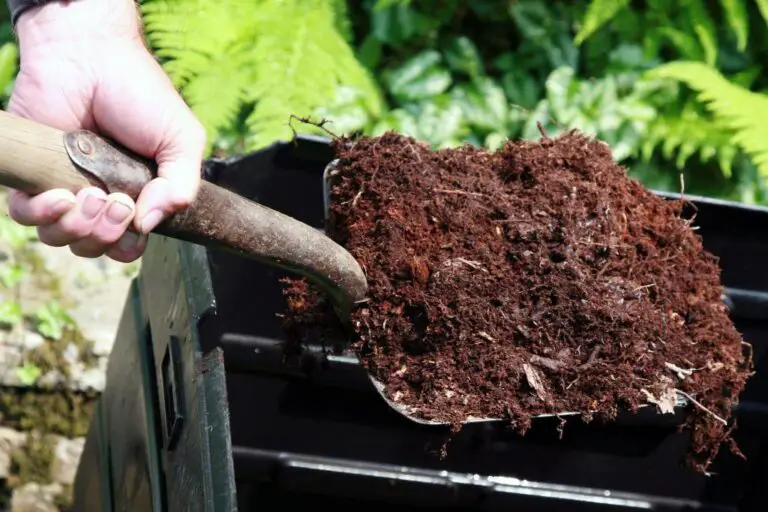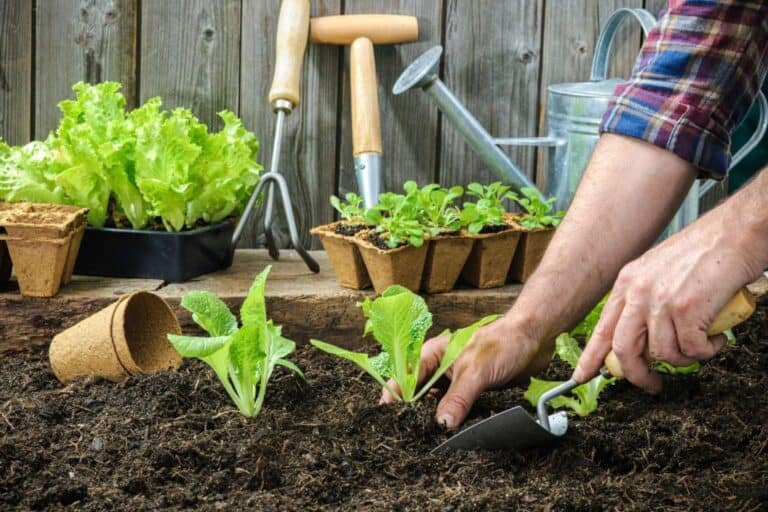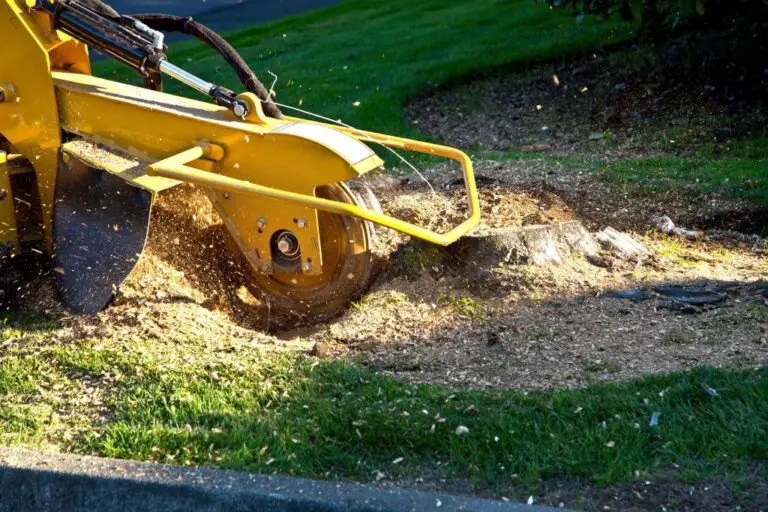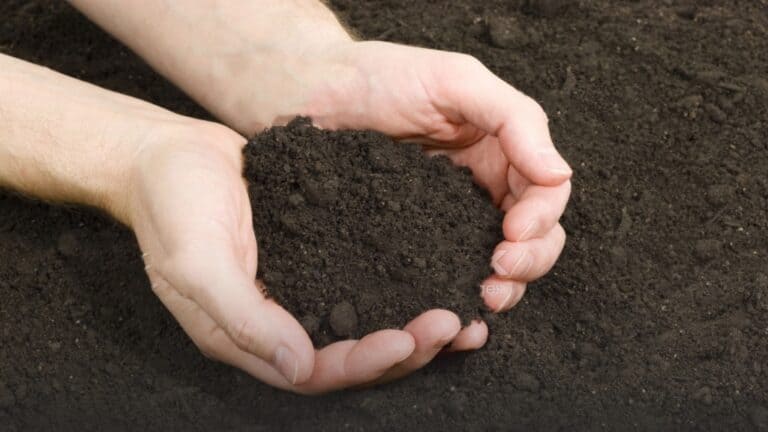What Is Green Manure in Organic Farming? Definition in Agriculture
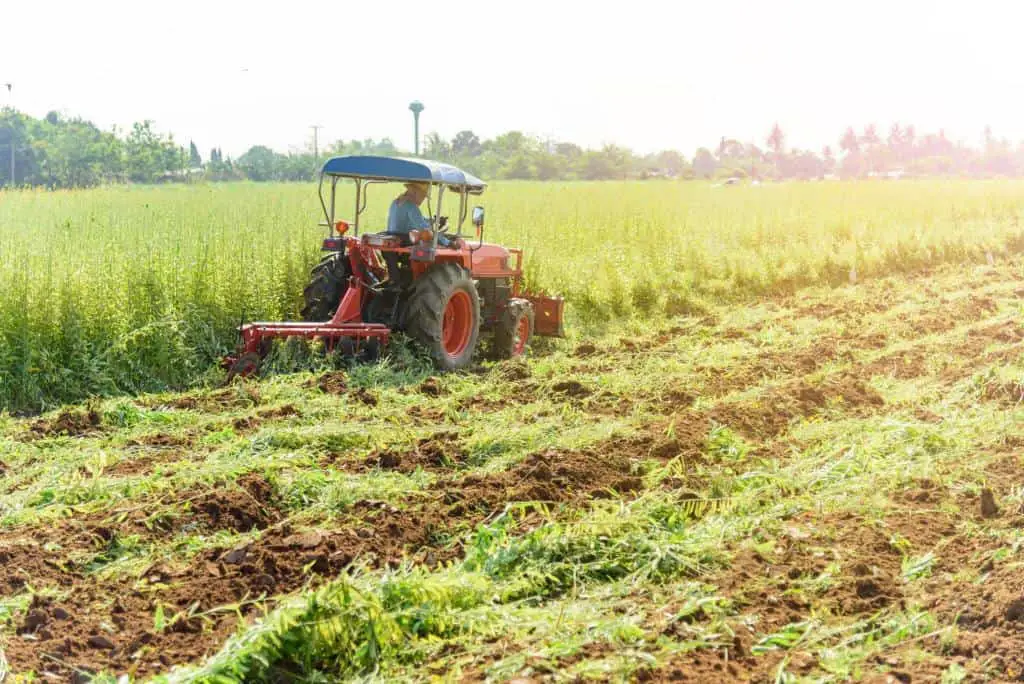
The world is grappling with the results of conventional farming. Organic agriculture has emerged as a sustainable and eco-friendly alternative. One crucial aspect of organic farming is the use of green manure, also known as cover crops or living mulch. Green manure offers a clever way to enrich soil. It does so naturally. It boosts crop yields and promotes ecosystem health.
Imagine turning your fields into a vibrant tapestry of living plants that not only suppress weeds but also nourish the soil beneath them. Green manure does precisely that! Farmers sow specific plant species during fallow periods or between maincrop seasons. They do this to harness the species’ many benefits for both above-ground growth and below-ground biology.
The concept may sound simple, yet its implications go far beyond simplicity. Farmers can use green manure in organic systems. It lets them cut synthetic input usage. It also helps them fix soil through natural processes like nitrogen fixing and nutrient cycling. It also helps with weed suppression, erosion control, and moisture retention. The benefits go on!
So if you’re seeking to enhance your understanding of this invaluable technique and unlock its potential on your farm or garden plot, read on!
The Definition and Types of Green Manure

Green manure refers to the practice of growing and incorporating specific crops into the soil for their beneficial qualities. These crops, known as cover crops or green manures, are grown primarily to improve soil fertility, prevent erosion, suppress weeds, and support overall crop health in organic farming systems. Green manures can be cultivated in various forms, such as legumes (e.g., clover, peas), grasses (e.g., rye, oats), or a combination of both.
Green manures are leguminous. They are valuable because they can fix nitrogen in the air. It has a symbiotic relationship with nitrogen-fixing bacteria present in their root nodules. This process increases the availability of this essential nutrient for later crops. It reduces the need for external inputs, like synthetic fertilizers.
Grass-based green manures add lots of organic matter to the soil. They do this when mixed in before the flowering or seedling stages.
Various green manures have distinct benefits. The best one depends on farm goals and the climate. For instance, cold-hardy plants like winter rye work well in temperate regions where they protect against erosion during the winter months while adding substantial biomass.
Summer cover crops like buckwheat thrive in warm weather. They provide fast weed suppression and attract pollinators with their abundant flowers. Thus, understanding these diversities allows farmers to select appropriate cover crops tailored to meet specific goals within their agricultural systems
What is Green Manure in Organic Farming? Definition and Benefits in Agriculture
Green manure is a fundamental practice in organic farming that involves planting specific crops. The purpose is to enrich the soil with nutrients, increase organic matter content, improve soil structure, and suppress weeds. Essentially, green manure refers to any plant material that is grown and incorporated into the soil as a form of natural fertilizer.
Green manure acts as an important tool for sustainable agriculture by reducing the need for synthetic fertilizers and chemical inputs. By utilizing cover crops or other suitable plants, farmers can harness their ability to fix nitrogen from the atmosphere through symbiotic relationships with nitrogen-fixing bacteria present in their roots.
This process helps replenish valuable nutrients in the soil, making them available for future crop growth.
Green manure has nutrient cycling benefits. It also enhances soil health. It does this by improving water infiltration and reducing erosion. The deep roots of some cover crops prevent compaction. They also promote soil life.
Also, when used in crop rotation or intercropping, green manure can suppress weeds. It does this by outcompeting them for resources like light and space.
| Related: How to Make Green Manure at Home |
Benefits of Using Green Manure
1. Improve Soil Fertility and Structure
Green manure plants, when grown and incorporated into the soil, act as a natural source of organic matter. As they decompose, they release key nutrients. These include nitrogen, phosphorus, and potassium. They go back into the soil.
This helps replenish nutrient levels and promote healthy plant growth. Additionally, the process of decomposition creates humus. Humus improves soil by enhancing its water-holding capacity and promoting root growth.
2. Increase Nutrient Availability for Plants
One of the key benefits of green manure is its ability to fix atmospheric nitrogen. It does this through symbiotic relationships with specific bacteria in their roots. These bacteria are called nitrogen-fixing bacteria. These bacteria transform atmospheric nitrogen into forms that plants can readily absorb. This boosts overall nutrient availability in the soil without relying on chemical fertilizers.
3. Enhance Water Retention Capacity of the Soil
Cover crops with green manure to improve soil water-holding capacity. They do this by adding organic matter. The addition of organic matter enhances both porosity and infiltration rates in clayey soils while preventing excessive drainage in sandy soils. Green manure retains moisture for longer between irrigation and rainfall. This helps reduce water stress on crops during dry spells.
Methods Used to Incorporate Green Manures into Agricultural Production
A. Plow-In Crop
One of the most common methods used to incorporate green manures into agricultural production is by plowing them directly back into the soil. This method involves growing a cover crop to improve soil fertility. The crop is grown to boost organic matter.
When the cover crop reaches its desired stage of growth, it is cut down and tilled into the soil using machinery or manual labor. The plant material breaks down over time. This releases nutrients and enriches the soil with organic matter. This improves its structure and its ability to hold moisture.
B. Mulch Incorporation
Another effective technique for incorporating green manure is mulching. In this method, cover crops are not plowed in. Instead, they are harvested or cut close to the ground. Then, they are left on the soil surface as a protective layer called mulch.
This mulch acts as a barrier between sunlight and weed seeds, effectively suppressing weed growth while simultaneously providing beneficial organic matter to decompose slowly over time. Decaying plant material releases valuable nutrients into the soil. This enriches the soil for future crops.
C. Grain Cover Crops
Grain cover crops are grown for their edible grains or seeds. They also offer extra benefits, such as green manure. This happens when they are mixed into the soil after harvest.
Common examples include rye, oats, barley, and wheat. They are small-grain cereals that provide grain yield and can be a great source of biomass-rich residues after harvest.
D. Non-Grain Cover Crops
Grain cover crops focus on making grains/seeds. Non-grain cover crops focus on making leaves and stalks.
Leguminous plants, like clovers, are common non-grain types. They fix nitrogen in the soil, which helps future crop rotations by adding naturally fixed nitrogen to the soil. Mustards, on the other hand, can kill some soil-borne pathogens and nematodes and help subsequent crops germinate.
Popular Types of Green Manure Varieties
a. Winter Rye (Secale cereale)
Winter rye is a common green manure crop. Organic farmers use it to improve soil and add organic matter. It is an excellent choice for fall planting as it suppresses weeds, prevents erosion, and helps control pests and diseases. Winter rye has a large root system. It takes up nutrients deep in the soil. This reduces leaching and makes the nutrients more available to other crops in the soil.
b. Clover (Trifolium spp.)
Red clover and white clover are well-known green manures. They boost soil nitrogen through their relationship with nitrogen-fixing Rhizobia bacteria. These plants turn atmospheric nitrogen into a form other plants can use. This promotes healthy growth and removes the need for synthetic fertilizers. Clover also acts as a ground cover, preventing weed growth while adding biomass to the soil upon decomposition.
c. Field Peas (Linear titleucumis sativus):
Farmers practice green manure like field peas. They are popular due to their fast growth and high biomass. They have deep root systems that break up compacted soils, improving drainage and increasing water infiltration capacity. Field peas also fix atmospheric nitrogen like clovers do, enhancing nutrient availability in the soil for subsequent crops after incorporation.
These three types of green manure have different benefits. The best type depends on specific farm needs or conditions. But they are all good options for sustainable agriculture.
| Also see: Green Manure vs. Animal Manure Differences. |
Tips on Selecting Appropriate Green Manures for Different Situations
When choosing the right green manure for organic farming, careful consideration of many factors can greatly impact your success. Here are some essential tips to guide you in selecting the most appropriate green manure for different situations:
- Identify Your Objectives:
- Determine your specific goals for incorporating green manure into your farming practices.
- Are you aiming to improve soil fertility, control pests, suppress weeds, or enhance organic matter content?
- Consider Soil Conditions:
- Evaluate your field’s existing conditions. Different green manure crops address specific soil problems.
- For compacted soil lacking structure, opt for legume green manures like clover or vetch. Their deep root systems and nitrogen-fixing abilities can help break up the soil.
- Address Erosion Issues:
- If erosion is a concern on your land, choose grasses such as rye or oats as green manure crops.
- These grasses provide great ground cover. They stop more topsoil loss and help control erosion.
- Factor in Crop Rotation:
- Implementing a crop rotation strategy is crucial for sustainable farming practices.
- Rotate different types of plants to break pest cycles, reduce disease pressure, and diversify nutrient demands from the soil.
- Nitrogen Replenishment after Heavy-Feeding Crops:
- After growing a nitrogen-depleting crop like corn, add nitrogen-fixing legumes like hairy vetch. They will be used as green manure.
- This helps replenish nitrogen levels in the soil, preparing it for the subsequent planting of high-demand crops.
- Adapt to Local Climate and Seasonal Variations:
- Take into account the climate and seasonal variations in your region when selecting green manure crops.
- Some crops may be better suited to specific weather conditions, ensuring optimal growth and benefits.
- Evaluate Pest and Disease Resistance:
- Choose green manure crops that exhibit resistance to common pests and diseases in your area.
- This approach contributes to overall farm health and reduces the need for chemical interventions.
- Consider Biomass Production:
- Assess the biomass production capacity of potential green manure crops.
- High biomass contributes to increased organic matter, improving soil structure and water retention.


